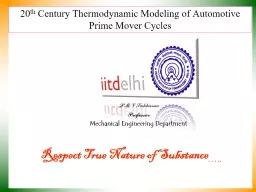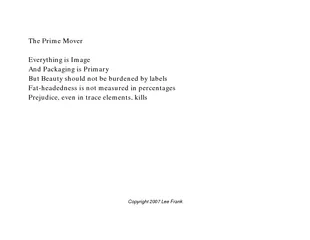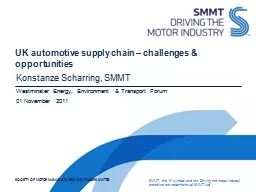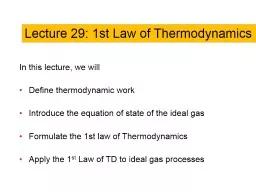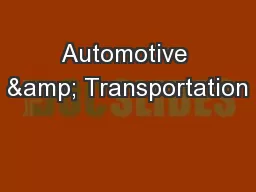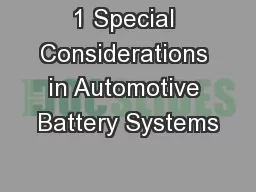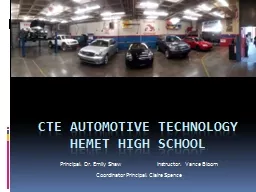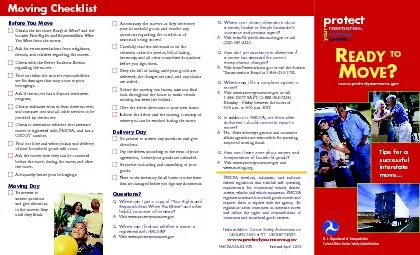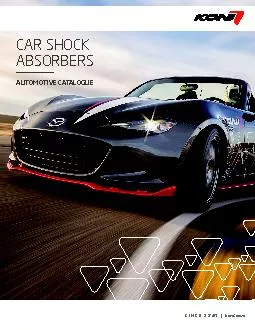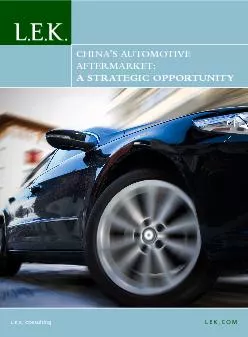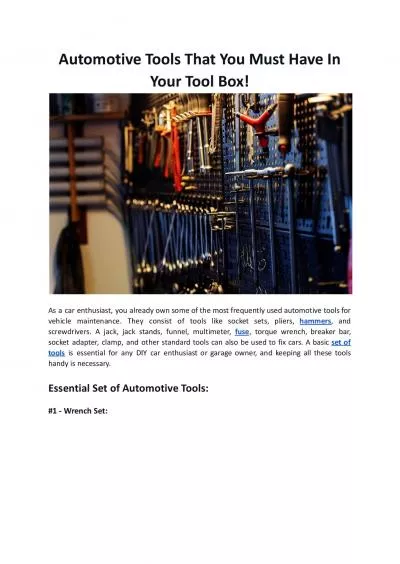PPT-20 th Century Thermodynamic Modeling of Automotive Prime Mover Cycles
Author : fullyshro | Published Date : 2020-06-13
P M V Subbarao Professor Mechanical Engineering Department Respect True Nature of Substance Cycle Performance Parameters Net Work Transfer onto piston This is
Presentation Embed Code
Download Presentation
Download Presentation The PPT/PDF document "20 th Century Thermodynamic Modeling of..." is the property of its rightful owner. Permission is granted to download and print the materials on this website for personal, non-commercial use only, and to display it on your personal computer provided you do not modify the materials and that you retain all copyright notices contained in the materials. By downloading content from our website, you accept the terms of this agreement.
20 th Century Thermodynamic Modeling of Automotive Prime Mover Cycles: Transcript
Download Rules Of Document
"20 th Century Thermodynamic Modeling of Automotive Prime Mover Cycles"The content belongs to its owner. You may download and print it for personal use, without modification, and keep all copyright notices. By downloading, you agree to these terms.
Related Documents

